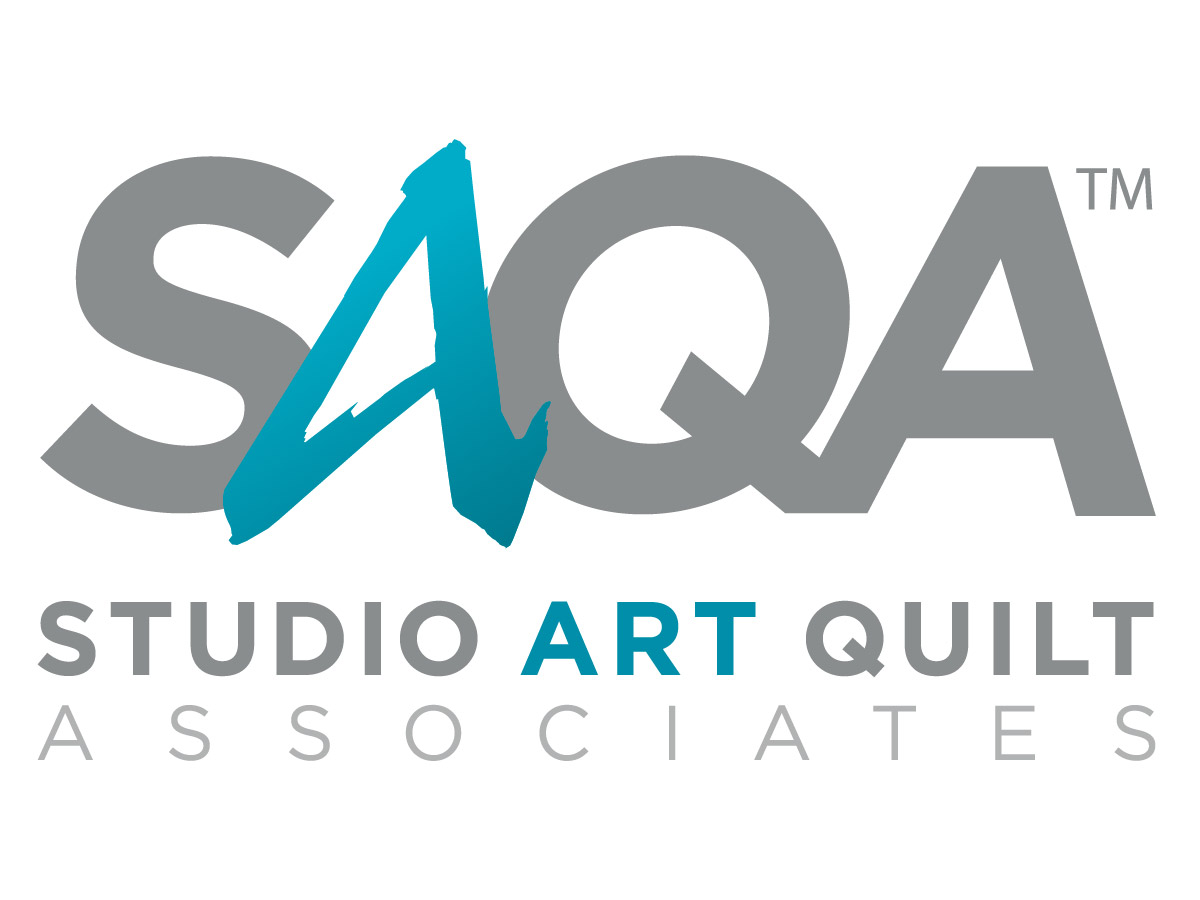In my last post, I said “I used a variety of photo-editing apps to simplify my photos. Then I drew lines on the photo to separate the values. Then I traced the shapes on fusible web (Steam-a-Seam Lite) and cut out my fabrics” I actually skipped a couple of steps that would have streamlined the process of cutting out the fabric shapes. So I’m going to do it properly for the blue lion, and I’m documenting the steps for future reference.
First let’s go back to the photo-editing apps, as there was a question about that in the comments on my last post. I did all the photo-editing last November and as it happens, I documented that part quite well. As you can see in the images below, I use several different programs and apps.
My favourite photo-editing program is Picasa. I find it much easier to use than programs like PhotoShop. (Picasa is an old program which is no longer supported. It still exists, but there are no updates and no support. I believe it’s only available for Windows, not Macs. It can be downloaded here. https://picasa.en.uptodown.com/windows Here’s some general info https://sites.google.com/site/picasaresources/Home/Picasa-FAQ/picasa/general-information/quick-start-guide.)
I usually start with Picasa, then often use several editing apps, depending on the photo. I take photos with my iPhone, so I often use it to straighten or square up the photo before downloading to my PC. (Picasa can straighten, but not square up (adjust perspective). Then I will either use iPad apps to further edit, or I may start again with the original image.
Here are a few of the edited photos for the first lion.


I used several of these as reference, but the ones I actually used to trace my fabric shapes were edited using Prisma, the Gothic style. You can see the 2 photos below. I liked the hard, angular straight lines. I probably wouldn’t use this for a person portrait, but for a lion carved from marble, it’s perfect.

The other step I skipped with the orange lion was to label each shape as light, medium-light, medium, medium-dark or dark – before I started tracing, fusing and cutting. Although it was easy to identify the lightest and darkest shapes, the in-between values can be confusing. I spent (wasted?) a lot of extra time debating between light and medium-light, or medium and medium-light.
For the blue lion, I decided to take the time to do this step up front. I printed a lightened version of my image on letter size paper and drew all the lines between values with a fine point permanent marker. Referring to several of my edited images, I labelled each shape with L, M-L, M, M-D or D.

I printed it at full size (12 x 12 inches) on legal-size paper and taped the sheets together. I also printed a mirror copy to use to trace the shapes on fusible web.

The right-side-up version, I will lie on top of a light-box to position all the little fused pieces.

Above you can see I have cut a base layer of very light blue fabric in the shape of the lion. I fused it to a piece of parchment paper with Mistyfuse. I stapled the parchment paper to the line-drawing to keep it in place. Now I’m ready to start tracing, fusing and cutting out all those tiny little pieces and positioning them on the blue base.
. . . .
Thanks for stopping by. I will be linking up with these blogs – click on the links below, where you’ll find many other creative and inspirational projects.
- Nina-Marie’s Off the Wall Friday
- Can I get a Whoop Whoop? by Confessions of a Fabric Addict
- Love Laugh Quilt Monday Making
- Quilt Fabrication Midweek Makers
- WIP Wednesday @ The Needle & Thread Network







such an interesting process! Thank you for sharing!
Thank you so very much for taking the time to outline this process in such detail. It would be well worth it to produce a pdf document that your followers might be able to print for future reference for any pieces that they may want to create from their own photos.
I recently found your blog and am enjoying your explanation – thank you for sharing with us.